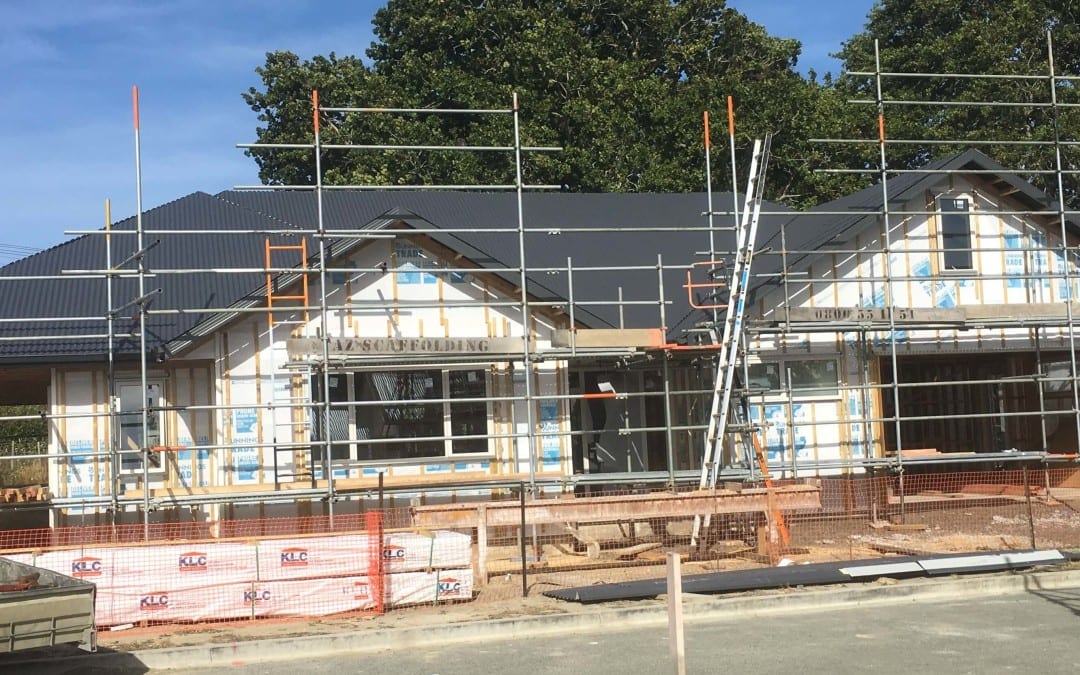Construction (contract works) insurance is a contractual requirement for most building projects. Here are some of the most important things to be aware of when it comes to contract works insurance.
What and who it covers
The policy covers accidental loss or damage to the contract works, such as from theft, vandalism, accidental damage, storm, fire and natural disasters such as floods and earthquakes. It insures the main contractor and the building owner. It also commonly includes all subcontractors under a single policy. Existing structures on the site are not covered unless you specifically include them. Make sure you also include any materials being supplied by the owner too.
When to take it out
You should arrange the policy before any work starts, and that includes earthworks and foundations. It can be difficult to get cover for projects that have already commenced.
When it ends
Cover under the policy ends on the earlier of: the end date on the policy; or practical completion of the work; or upon occupation by the owner (which could be temporary or partial); or if it’s a spec, when 95% of the build cost has been spent. If your project is delayed, arranging an extension to the policy can be more expensive than if you’d simply allowed for extra time from the start (even if you don’t end up needing it).
Does it meet the requirements specified in your contract
New Zealand’s most common standard form building contracts list specific allowances that must be included in the contract works insurance, such as for demolition, cost increases and professional fees. Make sure your policy reflects the figures in your contract.
Who pays the excess
This depends on what it says in your contract. Excesses for damage caused by natural disasters can be substantial in some regions, so make sure you have agreed who is responsible for the excess in these cases.
What’s not covered
As with any insurance there are things not intended to be covered by the policy. Some common exclusions within contract works insurance include design and workmanship defects, hydrostatic pressure, damage or loss that occurs after work has ceased on site for a certain period of time, consequential losses, gradually occurring damage or scratched glass.

